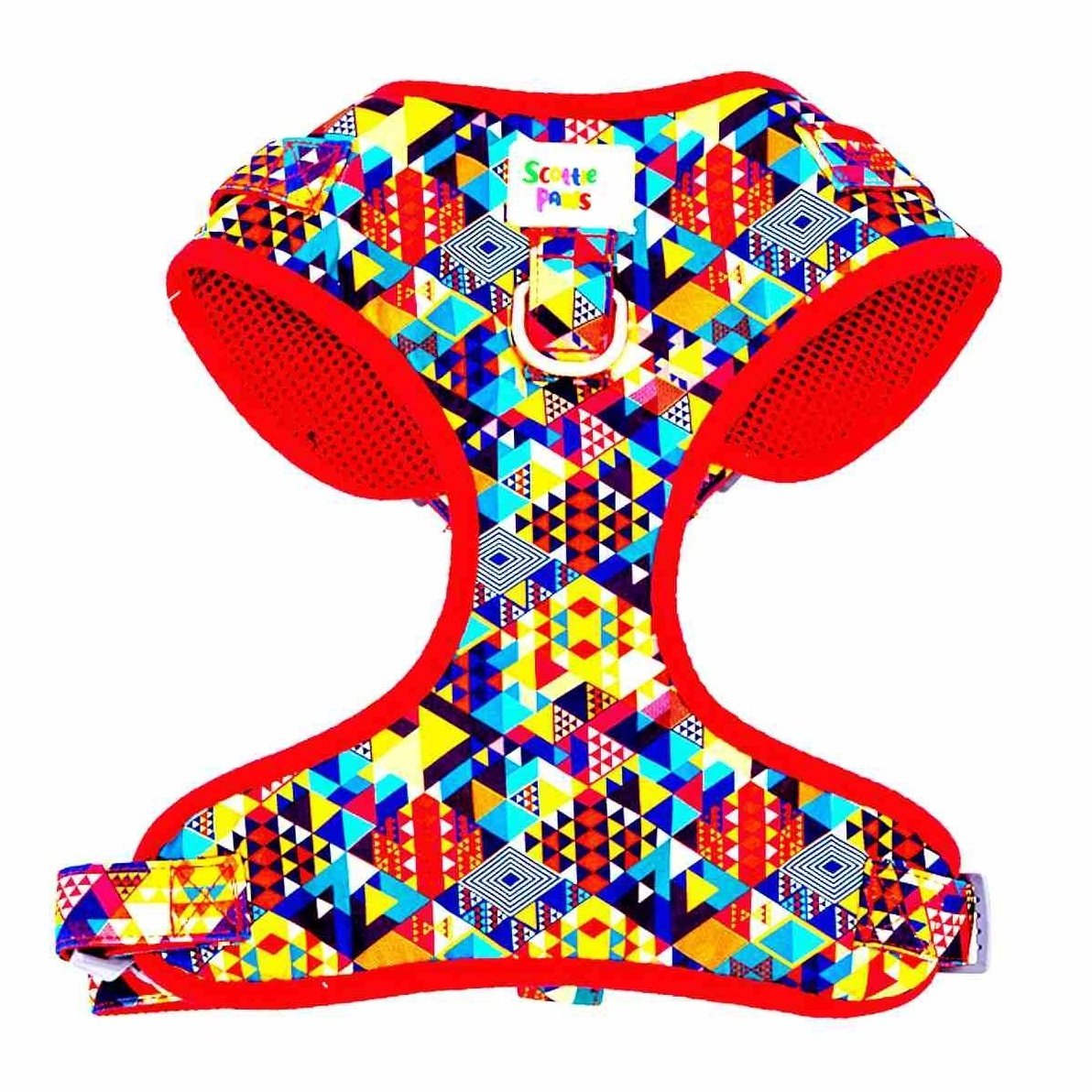Description
Stand Out
Our Exclusive NEW IN Adjustable Neck harnesses provide a comfy and stylish alternative to collars. Slide over your furry friends head, adjust at the neck and chest, fasten at the side and you'll be "walkies" ready!
- Rose Gold ring for lead attachment
- Neoprene Material making it super fast to dry!
- Lightweight and comfortable
- Fully adjustable chest strap with rose gold clip
Take a look at the rest of our shop where you will also find matching accessories. Your dog will soon be the most stylish pup in the park.
Remember to check your pets’ accessories for wear and tear as no accessory is indestructible. It is the customers responsibility to determine whether the product is suitable for their pet. This product is not Intended for chewing.
Adjust or replace as the pet grows.
Size guide in pictures
| Specification name | Specification Value |
|---|---|
| Animal type | Dogs |
Press & drag to view


